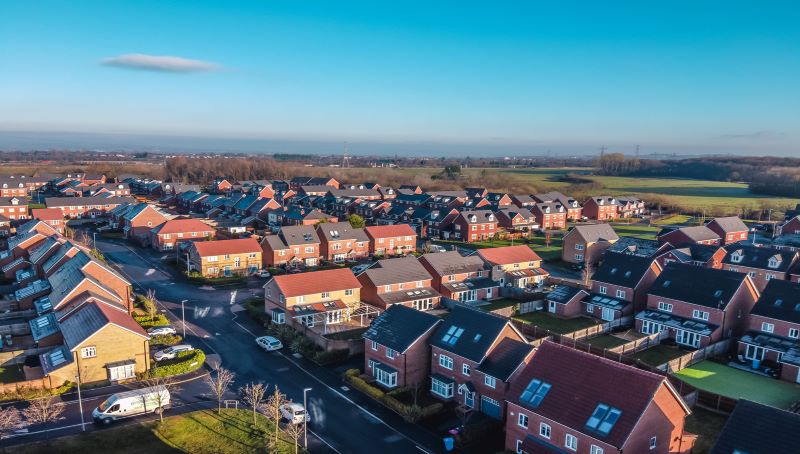
New research has shown the huge potential increase in homes owned by “for-profit” housing associations – with projections showing the numbers going from 20,000 to more than 140,000 by 2027.
The figures come from a new Savills report, Equity Investment in Affordable Housing.
Key points based on the survey of all 64 For-Profit Registered Providers:
- The number of affordable homes owned by For-Profit Registered Providers (FPRPs) is to rise from 20,000 to more than 140,000 by 2027 – reflecting an investment of £27bn in total
- There are now 64 FPRPs – more than doubled from 31 in 2017. Expected to rise to around 90 by 2027
- Institutions make up a fifth of FPRPs and own 90% of current 20,000 homes
- As housing associations grow more comfortable working with FPRPs, joint ventures between them are an obvious opportunity
- Growth in deals involving shared ownership portfolios and also some legacy rented affordable homes predicted
Helen Collins, Head of Savills Affordable Housing Consultancy, said: “Although we now have more than 60 FPRPs registered and active, with a further 60 in the pipeline, we are still in the early growth phase of new entrants to the affordable housing sector.
“FPRPs compare the policy and economic landscape of affordable housing with other investment classes in a way which housing associations and local authorities don’t. This fresh perspective creates opportunities to question how things are done and bring innovation – a start-up approach.
“As a result, we have seen more interest from housing associations and local authorities coming to us for help in exploring the options for partnership working.
“There is also steep learning curve for new entrants around things housing associations have done for years, such as their deep understanding of regulation and risk.”
Steve Partridge, Director, Savills Housing Consultancy, said: “Demand is growing for investments that can deliver on environmental, social, and governance targets as well as financial returns.
“With inflation running high, affordable housing can give investors inflation-linked returns, while delivering energy-efficient, affordable, and well-regulated homes. Growth in this sector is limited by the availability of stock, not by investor demand of the availability of capital.”





